Two-Stage 3D Codebook Design and Fast Beam Search Algorithm for Millimeter-Wave Massive MIMO Systems
Abstract
:1. Introduction
- We considered different antenna array shapes, including ULA (this is the most common array shape in the literature) and URA (which is more practical and under-researched in the literature).
- We propose a general codebook design method to generate 3D beam codebooks with different resolutions, and apply to the corresponding beam access method.
- We propose a new 3D beam access method, and with the codebook design we verify the robustness of codebooks and algorithms using different metrics such as search complexity, accuracy and cumulative beam gain.
2. General Settings
2.1. Spatial Response
2.2. System Model
3. The Two-Stage Codebook Design
3.1. Primary Codebook Design
- The primary codebook should be hierarchical.
- The corresponding beams of all AWVs (array weighted vectors) on each layer should cover the entire space together.
- The half power beam width (HPBW) of a certain weight vector of this layer covers the HPBW of the corresponding two adjacent weight vectors of the next layer, namely:
3.2. Auxiliary Codebook Design
4. Fast Search Algorithm
4.1. 3D BSL-VT Primary Search
- Rule 1: In a binary tree search, the number of active antennas in codebook at the transmitter (receiver) is twice that of the upper layer. The best AWV in this layer can achieve a SNR which is approximately twice the SNR obtained in the upper layer. With means the best SNR achieved in the layer, we have:
| Algorithm 1: 3D BSL-VT primary search for . |
| (1) Initialization Starting from the user equipment (UE) side, we first use the codeword ,, on the elevation and azimuth angle dimensions. Therefore, we use the codeword to receive a fixed training signal from the base station(BS) and calculate the received SNR . And set the following parameters: . |
| (2) Step 1 search |
| The BS always sends the training signal at a fixed AWV. We use the codeword to receive the signal and then calculate the corresponding SNR . If , then , otherwise there is . |
| (3) Step k search |
|
| (4) Result We let ; the best AWV index of the codebook in azimuth dimension obtained in primary search process is . |
4.2. 3D BSL-VT Auxiliary Search
| Algorithm 2: 3D BSL-VT auxiliary search for . |
| (1) Initialization |
| The UE receives the fixed training signal from the BS by using the codeword , and the index range of the codeword of the UE-side during refinement search is set to . |
| (2) Search process |
| Perform the following search process times and then stop: |
|
| (3) Result |
| Returns the refined best codeword and its index obtained during the auxiliary search with the auxiliary codebook. |
5. Experimental Verification
5.1. The Necessity of The Two-Stage Codebook
- IEEE 802.15.3c CodebookThe IEEE 802.15.3c standard [4] uses only 4 phase shifts to form a codebook W:where k is the beam pattern index and m is the element index. M is the number of elements and K is the total beam number.
- Beam-steering CodebookBeam-steering codebooks [6] have the same form as antenna response vectors, and can be parameterized by a simple angle. The angle is generated by quantizing the RF angle with several bits in the case of limited feedback. The antenna element can be defined as:where is the number of quantized bits.
- DFT CodebookThe DFT codebook is another form of codebook defined by RF angle quantization [5]. More specifically, both the number of beam patterns and the number of phase shifts equal the number of elements M. The expression of the DFT codebook is given by:
5.2. Search Accuracy Verification
5.3. Comparison of Algorithm Complexity
6. Conclusions
Author Contributions
Funding
Acknowledgments
Conflicts of Interest
References
- Kutty, S.; Sen, D. Beamforming for Millimeter Wave Communications: An Inclusive Survey. IEEE Commun. Surv. Tutor. 2016, 2, 949–973. [Google Scholar] [CrossRef]
- Ding, Y.; Su, L.; Jin, D. New fast multi-user beam training scheme based on compressed sensing theory for millimetre-wave communication. IET Commun. 2019, 13, 642–648. [Google Scholar] [CrossRef]
- Park, M.; Gopalakrishnan, P. Analysis on spatial reuse and interference in 60-GHz wireless networks. IEEE J. Sel. Areas Commun. 2019, 27, 1443–1452. [Google Scholar] [CrossRef]
- IEEE Standard for Information technology—Local and metropolitan area networks—Specific requirements—Part 15.3: Amendment 2: Millimeter-wave-based Alternative Physical Layer Extension. In Proceedings of the IEEE Std 802.15.3c-2009 (Amendment to IEEE Std 802.15.3-2003), 12 October 2009; IEEE: Piscataway, NJ, USA, 2009; pp. 1–200.
- Yang, D.; Yang, L.-L.; Hanzo, L. DFT-Based Beamforming Weight-Vector Codebook Design for Spatially Correlated Channels in the Unitary Precoding Aided Multiuser Downlink. In Proceedings of the 2010 IEEE International Conference on Communications, Cape Town, South Africa, 23–27 May 2010; pp. 1–5. [Google Scholar]
- Gao, X.; Dai, L.; Yuen, C.; Wang, Z. Turbo-Like Beamforming Based on Tabu Search Algorithm for Millimeter-Wave Massive MIMO Systems. IEEE Trans. Veh. Technol. 2016, 65, 5731–5737. [Google Scholar] [CrossRef]
- Xiao, Z.; He, T.; Xia, P.; Xia, X. Hierarchical Codebook Design for Beamforming Training in Millimeter-Wave Communication. IEEE Trans. Wirel. Commun. 2016, 15, 3380–3392. [Google Scholar] [CrossRef] [Green Version]
- Chen, J.-C. Efficient codebook-based beamforming algorithm for millimeter-wave massive MIMO systems. IEEE Trans. Veh. Technol. 2017, 66, 7809–7817. [Google Scholar] [CrossRef]
- He, T.; Xiao, Z. Suboptimal beam search algorithm and codebook design for millimeter-wave communications. Mob. Netw. Appl. 2015, 20, 86–97. [Google Scholar] [CrossRef]
- Xie, Y.; Jin, S.; Wang, J.; Zhu, Y.; Gao, X.; Huang, Y. A limited feedback scheme for 3D multiuser MIMO based on Kronecker product codebook. In Proceedings of the 2013 IEEE 24th Annual International Symposium on Personal, Indoor, and Mobile Radio Communications (PIMRC), London, UK, 8–11 September 2013; pp. 1130–1135. [Google Scholar]
- Song, J.; Choi, J.; Love, D.J. Common codebook millimeter wave beam design: Designing beams for both sounding and communication with uniform planar arrays. IEEE Trans. Commun. 2017, 65, 1859–1872. [Google Scholar] [CrossRef]
- Wu, W.; Liu, D.; Li, Z.; Hou, X.; Liu, M. Two-Stage 3D Codebook Design and Beam Training for Millimeter-Wave Massive MIMO Systems. In Proceedings of the 2017 IEEE 85th Vehicular Technology Conference (VTC Spring), Sydney, Australia, 4–7 June 2017; pp. 1–7. [Google Scholar]
- Barati, C.N.; Hosseini, S.A.; Mezzavilla, M.; Korakis, T.; Panwar, S.S.; Rangan, S.; Zorzi, M. Initial access in millimeter wave cellular systems. IEEE Trans. Wirel. Commun. 2016, 15, 7926–7940. [Google Scholar] [CrossRef]
- Li, Y.; Andrews, J.G.; Baccelli, F.; Novlan, T.D.; Zhang, J.C. Design and analysis of initial access in millimeter wave cellular networks. IEEE Trans. Wirel. Commun. 2017, 16, 6409–6425. [Google Scholar] [CrossRef]
- Cordeiro, C. Part 11: Wireless LAN Medium Access Control (MAC) and Physical Layer (PHY) Specifications-Amendment 6: Enhancements for Very High Throughput in the 60 GHz Band, IEEE Standard P802.11adTM/d0.1; IEEE: New York, NY, USA, 2010. [Google Scholar]
- Zou, W.; Cui, M.; Guo, C. Fast Beam Search for Massive MIMO Based on Mainlobe Overlapping State of Training Beam. IEEE Access 2019, 7, 66007–66019. [Google Scholar] [CrossRef]
- Filippini, I.; Sciancalepore, V.; Devoti, F.; Capone, A. Fast Cell Discovery in mm-Wave 5G Networks with Context Information. IEEE Trans. Mob. Comput. 2018, 17, 1538–1552. [Google Scholar] [CrossRef] [Green Version]
- Fan, J.; Han, L.; Luo, X.; Huang, J. Delay Analysis and Optimization of Beam Scanning-based User Discovery in Millimeter Wave Systems. IEEE Access 2020. [Google Scholar] [CrossRef]
- Jasim, M.; Pezoa, J.E.; Ghani, N. Simultaneous multi-beam analog beamforming and coded grating lobes for initial access in mmWave systems. In Proceedings of the 2017 CHILEAN Conference on Electrical, Electronics Engineering, Information and Communication Technologies (CHILECON), Pucon, Chile, 18–20 October 2017; pp. 1–6. [Google Scholar]
- Hsu, K.-N.; Wang, C.-H.; Lee, Y.-Y.; Huang, Y.-H. Low complexity hybrid beamforming and precoding for 2D planar antenna array mmWave systems. In Proceedings of the 2015 IEEE Workshop on in Signal Processing Systems (SiPS), Hangzhou, China, 14–16 October 2015; pp. 1–6. [Google Scholar]
- Giordani, M.; Mezzavilla, M.; Barati, C.N.; Rangan, S.; Zorzi, M. Comparative analysis of initial access techniques in 5G mmWave cellular networks. In Proceedings of the 2016 Annual Conference on Information Science and Systems (CISS), Princeton, NJ, USA, 16–18 March 2016; pp. 268–273. [Google Scholar]
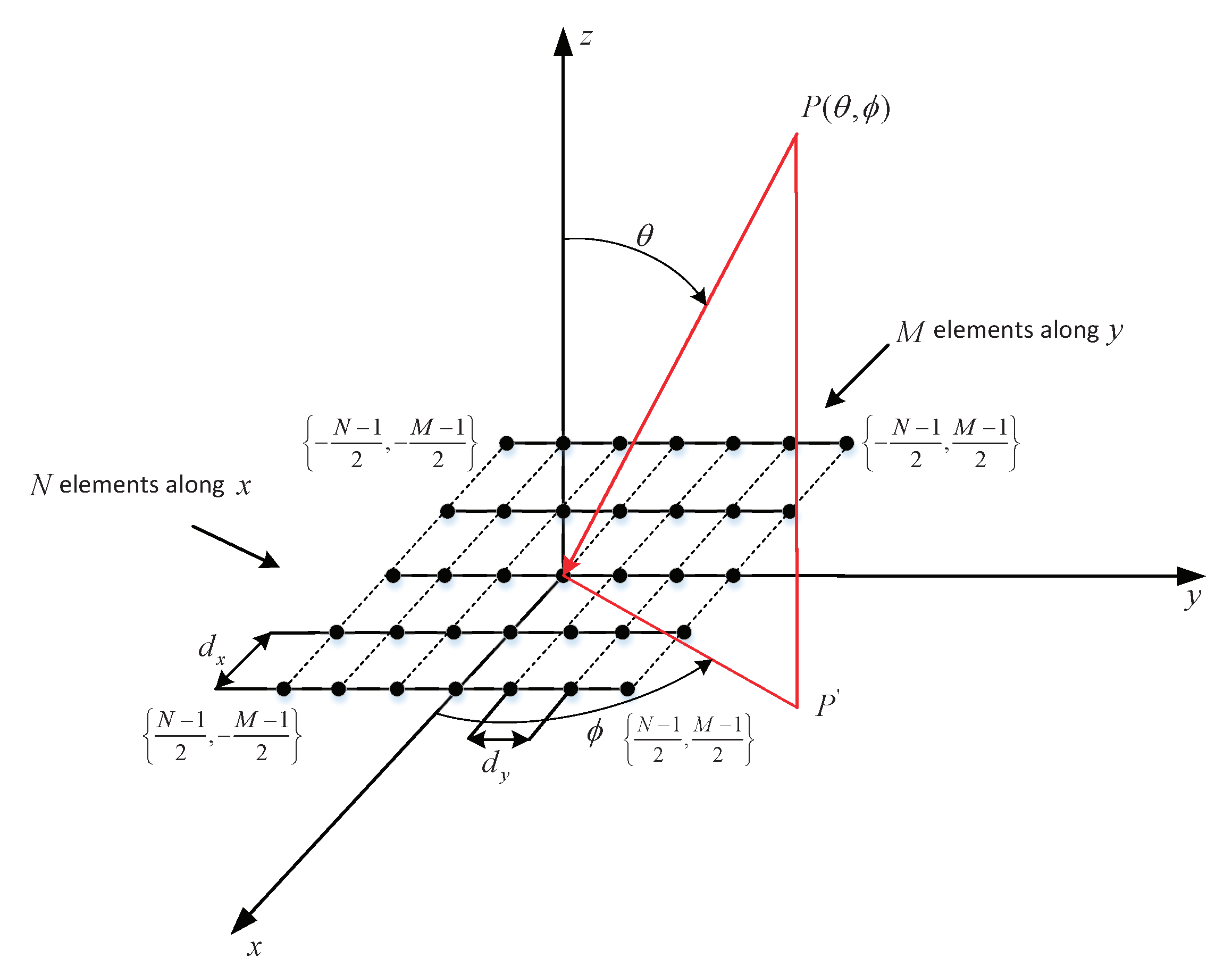
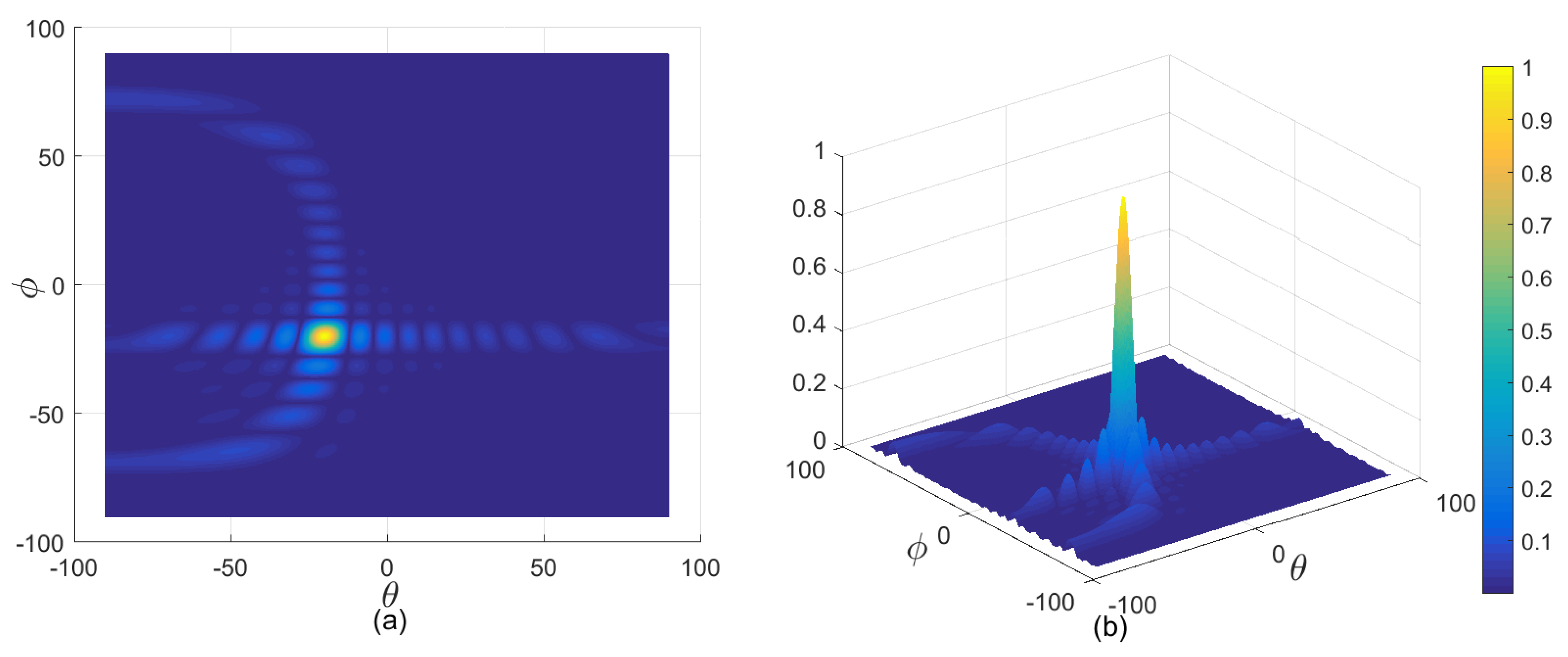
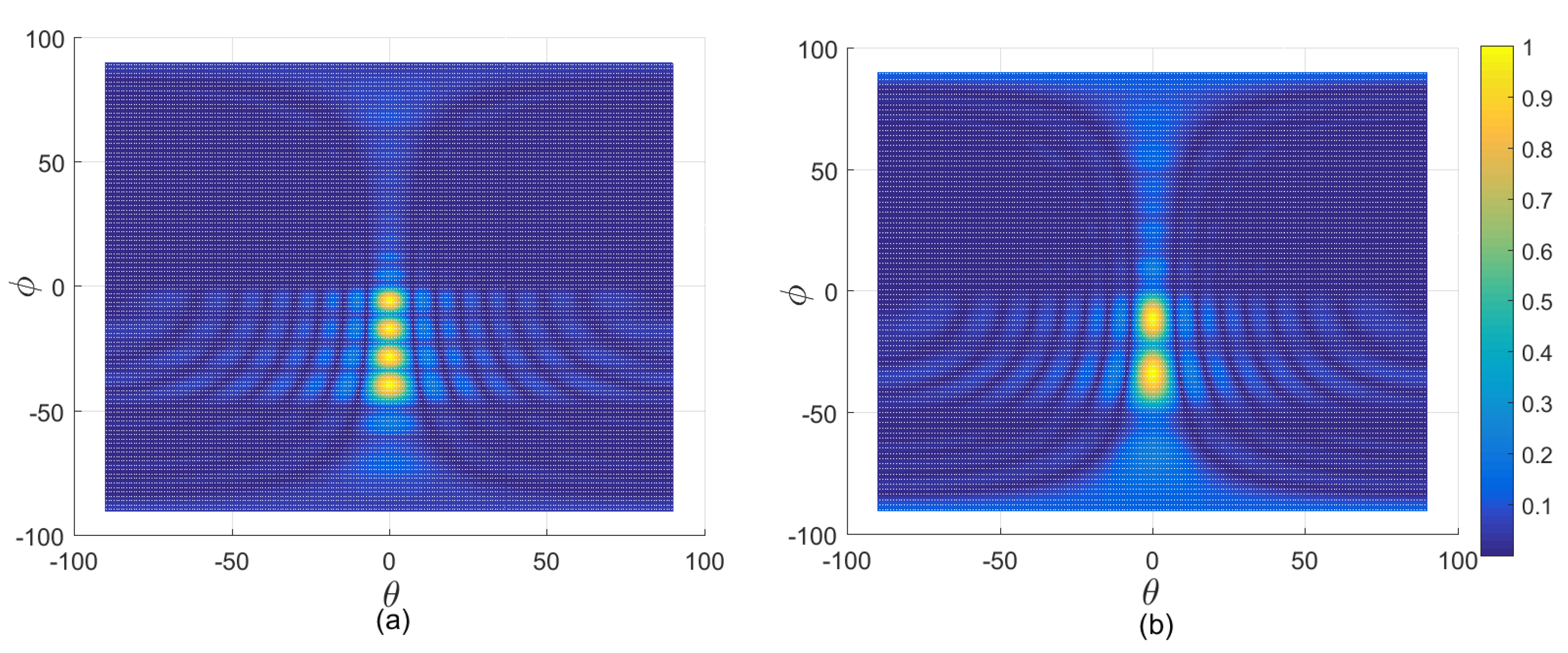
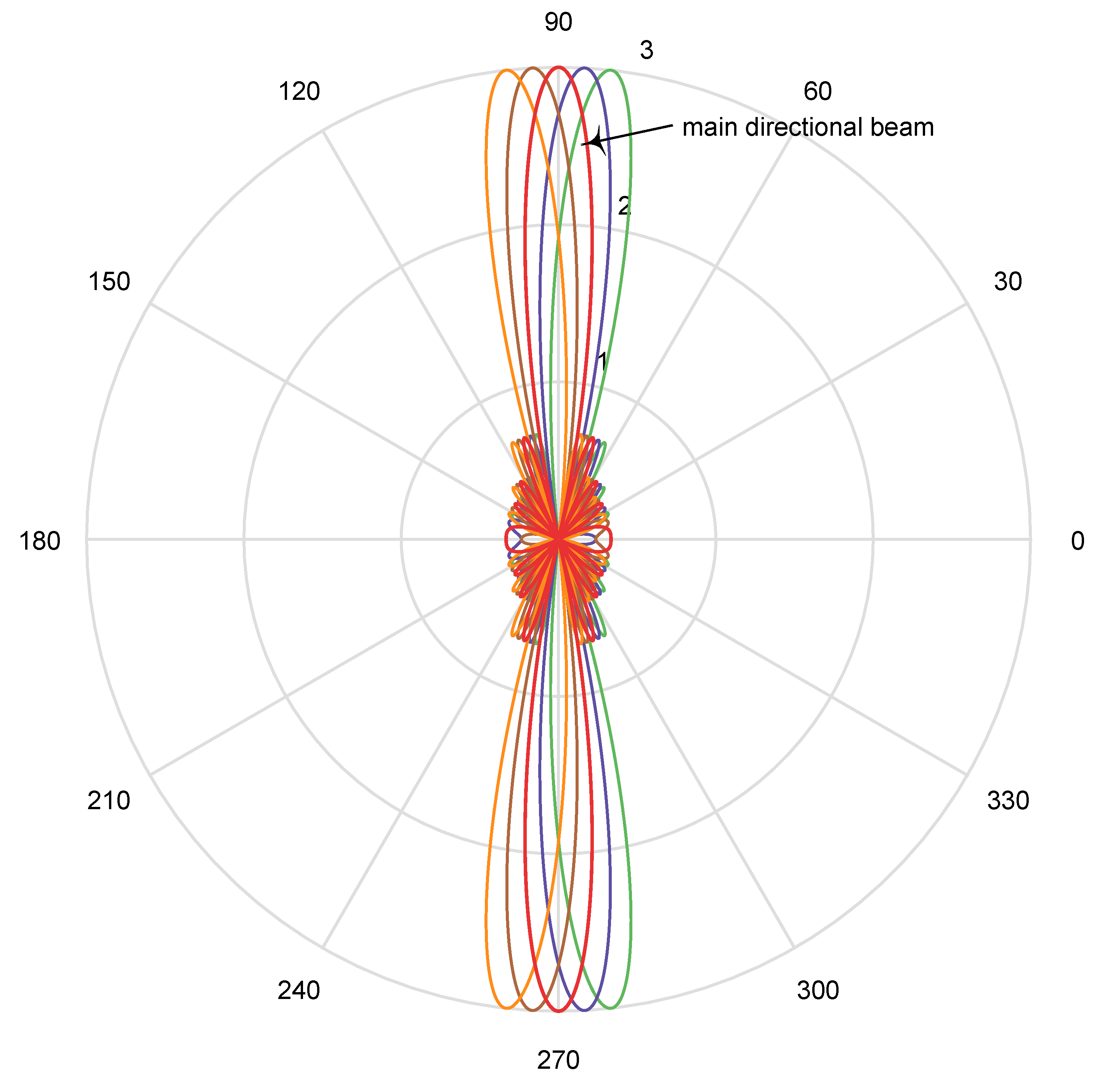
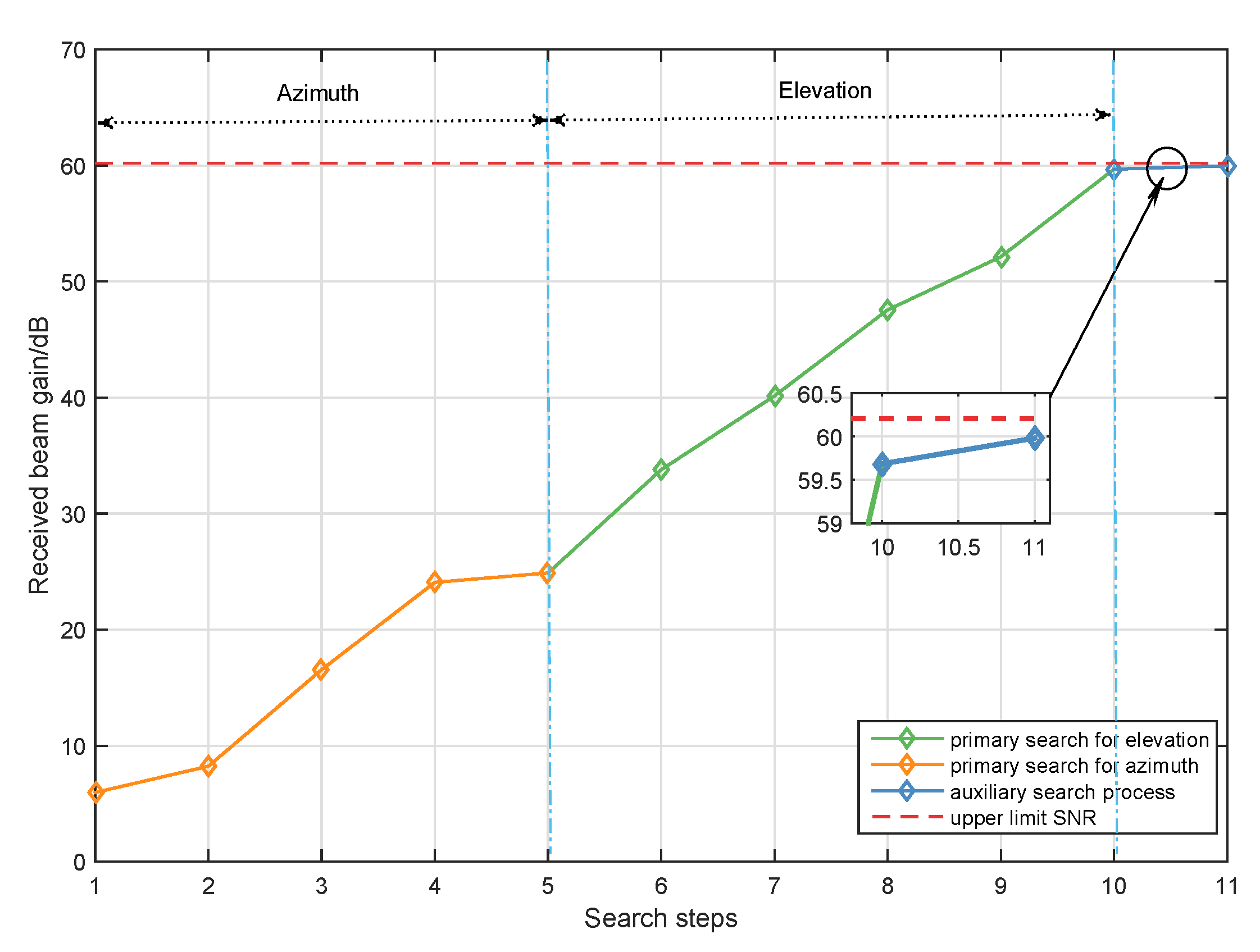


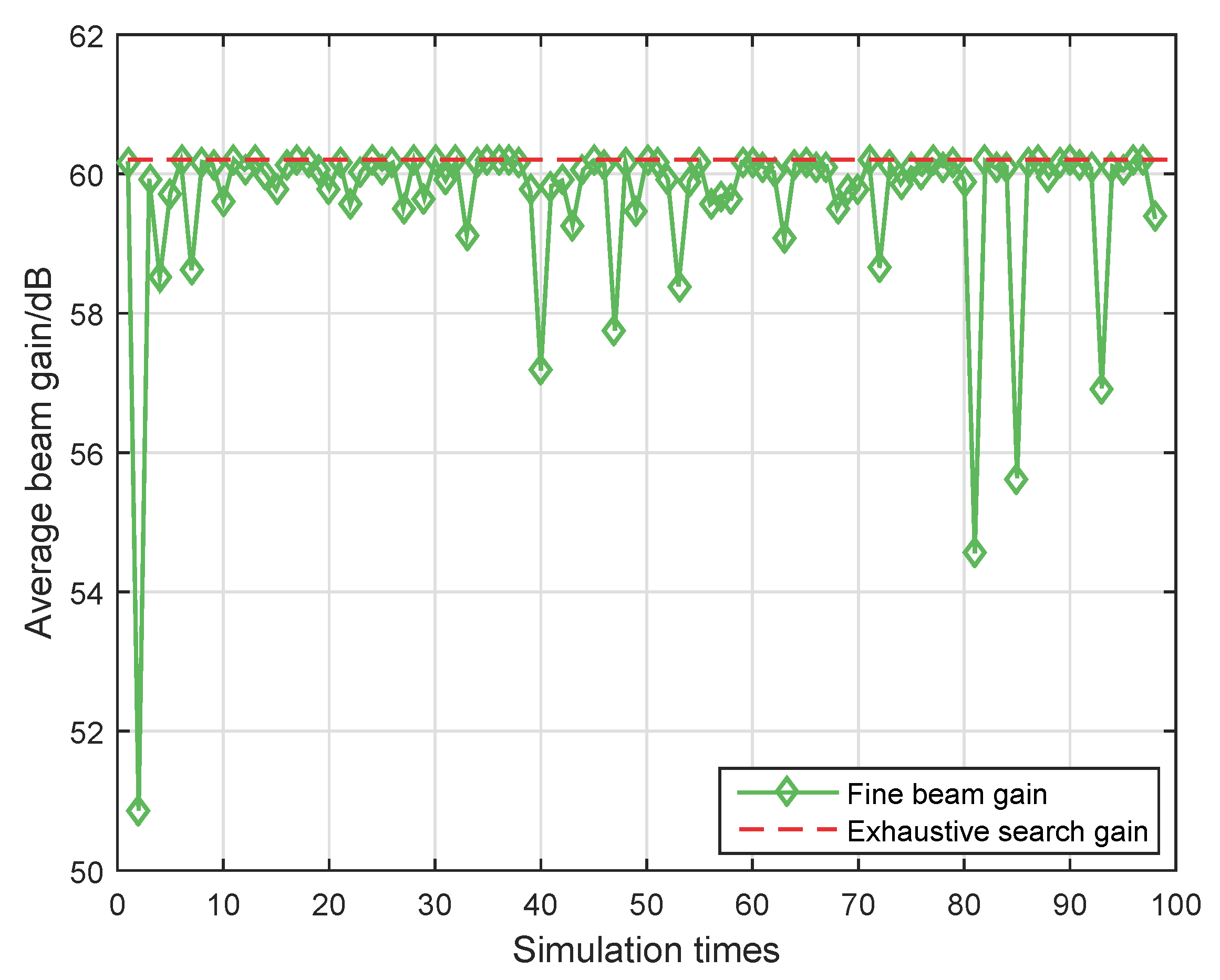

| Scheme | Complexity | Characteristic | Ref. |
|---|---|---|---|
| Exhaustive search | prohibitively high | extremely high search time extremely high beam search accuracy. | [13,14] |
| IEEE 802.11.15.3c | high | high search time high search accuracy. | [4] |
| IEEE 802.11.ad | moderate | relatively high search time relatively high search accuracy. | [15] |
| Hierarchical search | low | low training time guaranteed search accuracy. | [9,12] |
| Context-Information based | low | extremely low search time high search accuracy needs permanent GPS connection. | [17,18] |
| Multi-beam search | low | extremely low search time not suitable for 3D scenarios moderate search accuracy. | [19] |
| Layers | AWVs of Each Layer in Primary Codebook |
|---|---|
| 1 | |
| 2 | |
| 3 | |
| ⋮ | ⋮ |
| k | |
| ⋮ | ⋮ |
| Parameter | Value |
|---|---|
| Central frequency | 28 GHz |
| Element space | |
| Channel model | Channel model in [11] |
| Antenna array | URA |
| BS antenna number | from 8 to 256 |
| UE antenna number | from 8 to 256 |
| AoA/AoD | uniformly distributed in |
| ZoA/ZoD | uniformly distributed in |
| Number of users | 1 |
| Data stream per user | 1 |
| Refinement factor |
© 2020 by the authors. Licensee MDPI, Basel, Switzerland. This article is an open access article distributed under the terms and conditions of the Creative Commons Attribution (CC BY) license (http://creativecommons.org/licenses/by/4.0/).
Share and Cite
Peng, Z.; Li, W. Two-Stage 3D Codebook Design and Fast Beam Search Algorithm for Millimeter-Wave Massive MIMO Systems. Electronics 2020, 9, 302. https://doi.org/10.3390/electronics9020302
Peng Z, Li W. Two-Stage 3D Codebook Design and Fast Beam Search Algorithm for Millimeter-Wave Massive MIMO Systems. Electronics. 2020; 9(2):302. https://doi.org/10.3390/electronics9020302
Chicago/Turabian StylePeng, Zhangyou, and Wen Li. 2020. "Two-Stage 3D Codebook Design and Fast Beam Search Algorithm for Millimeter-Wave Massive MIMO Systems" Electronics 9, no. 2: 302. https://doi.org/10.3390/electronics9020302
APA StylePeng, Z., & Li, W. (2020). Two-Stage 3D Codebook Design and Fast Beam Search Algorithm for Millimeter-Wave Massive MIMO Systems. Electronics, 9(2), 302. https://doi.org/10.3390/electronics9020302





